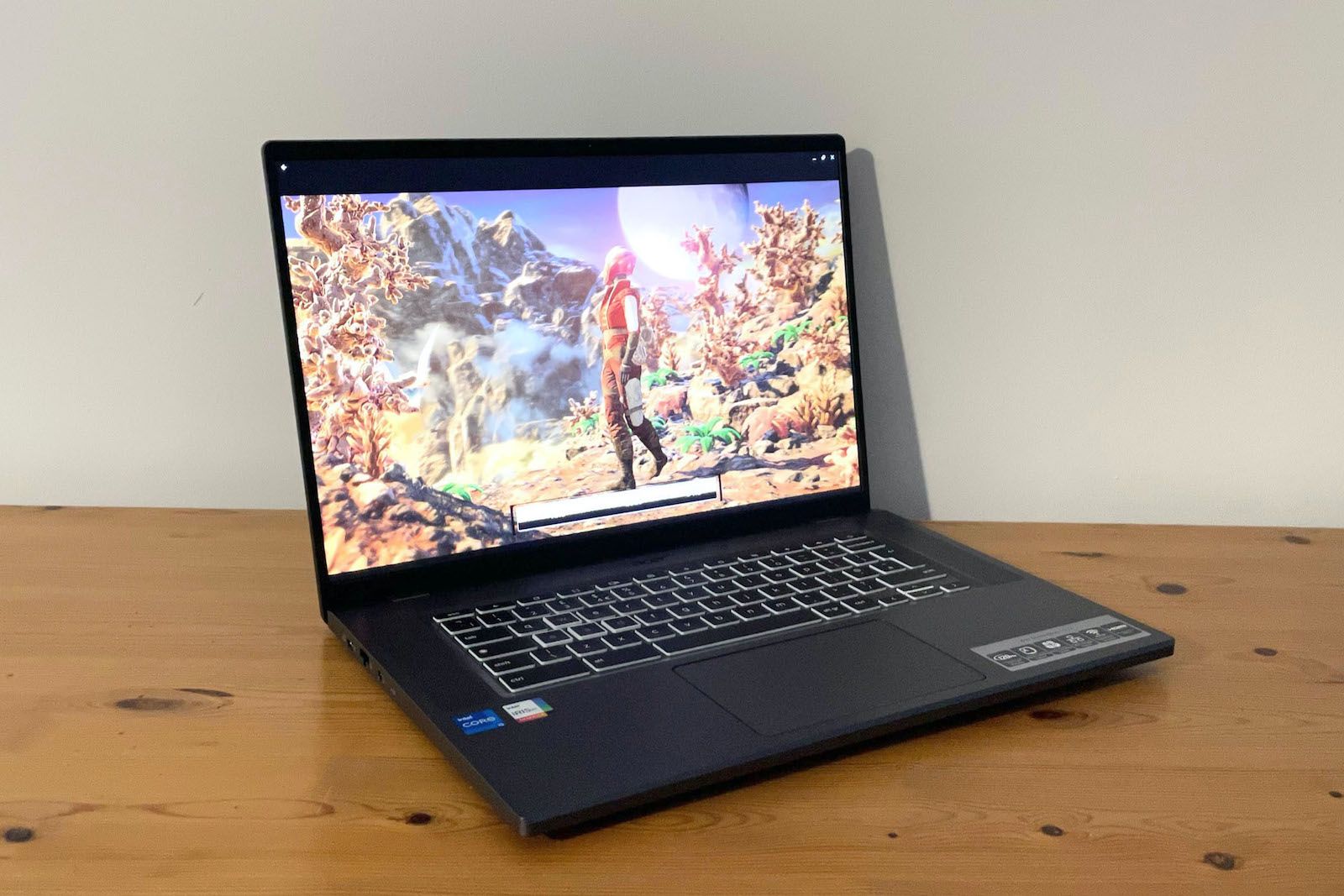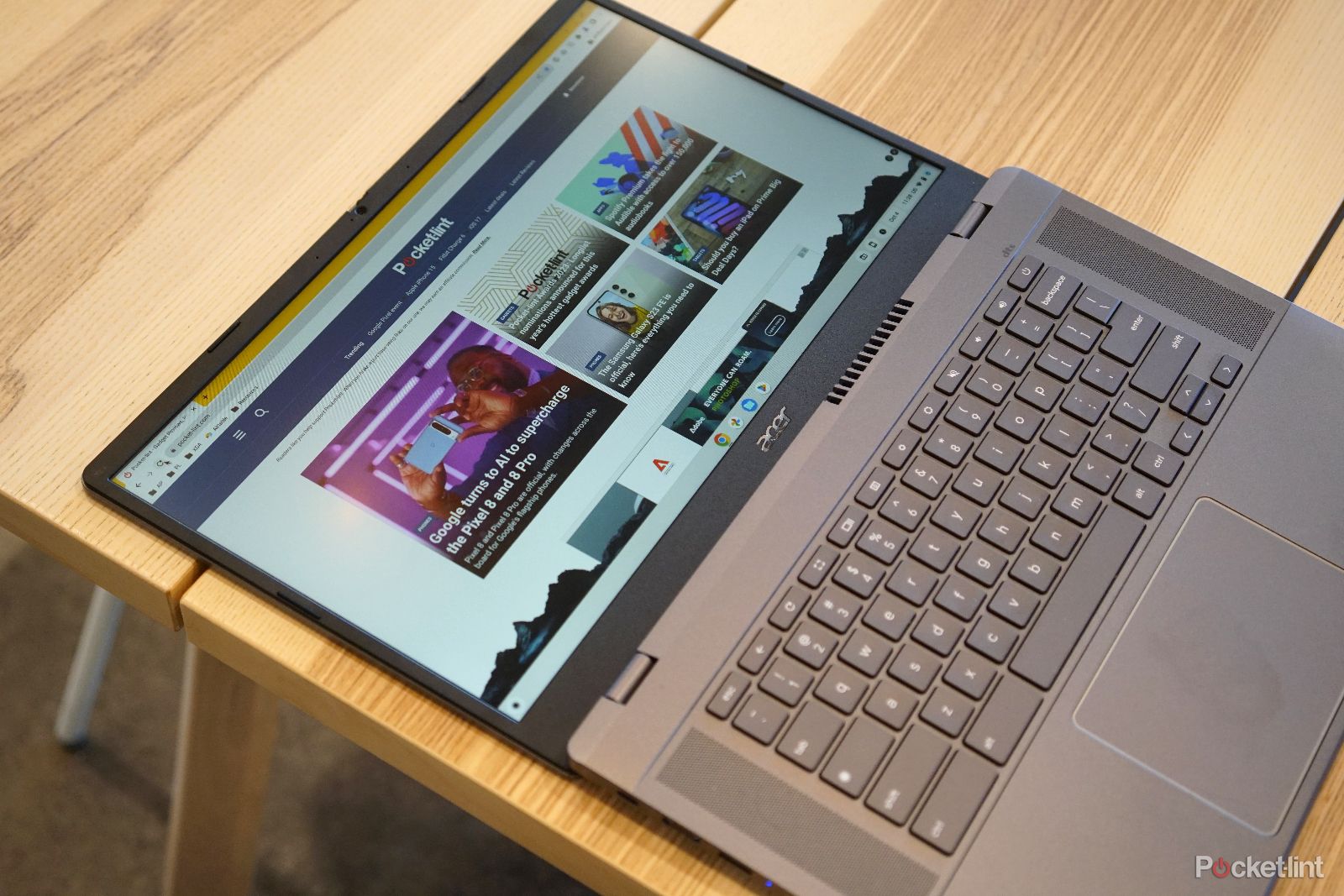We’re well into the 21st century and the requirements of computing on a personal basis have diversified in myriad ways. But for all those needs, you don’t have to settle for either Windows or Mac – Chromebooks are a terrific option that fly light, fly fast, and fly high. Thanks to the work of Google and its partners, they’re the most capable they’ve ever been. And with so many options out there, we’ve got a rundown of the best ones you’ll want to consider.
Read more: Best laptops for kids: Parent and teacher approved and ranked
This is a particularly interesting time to get into ChromeOS: there’s a suite of Chromebook Plus devices with special hardware and extra software guarantees and a boost in third-party applications like Nvidia GeForce Now, Amazon Luna, Adobe Photoshop on the Web, Minecraft, and even Steam. With Android apps, Linux apps, and a focus on easy connectivity with your Android phone, the platform has never been more well-rounded. Best yet, you don’t have to spend oodles to be able to enjoy all of these amenities.
The best Chromebooks: Our top picks
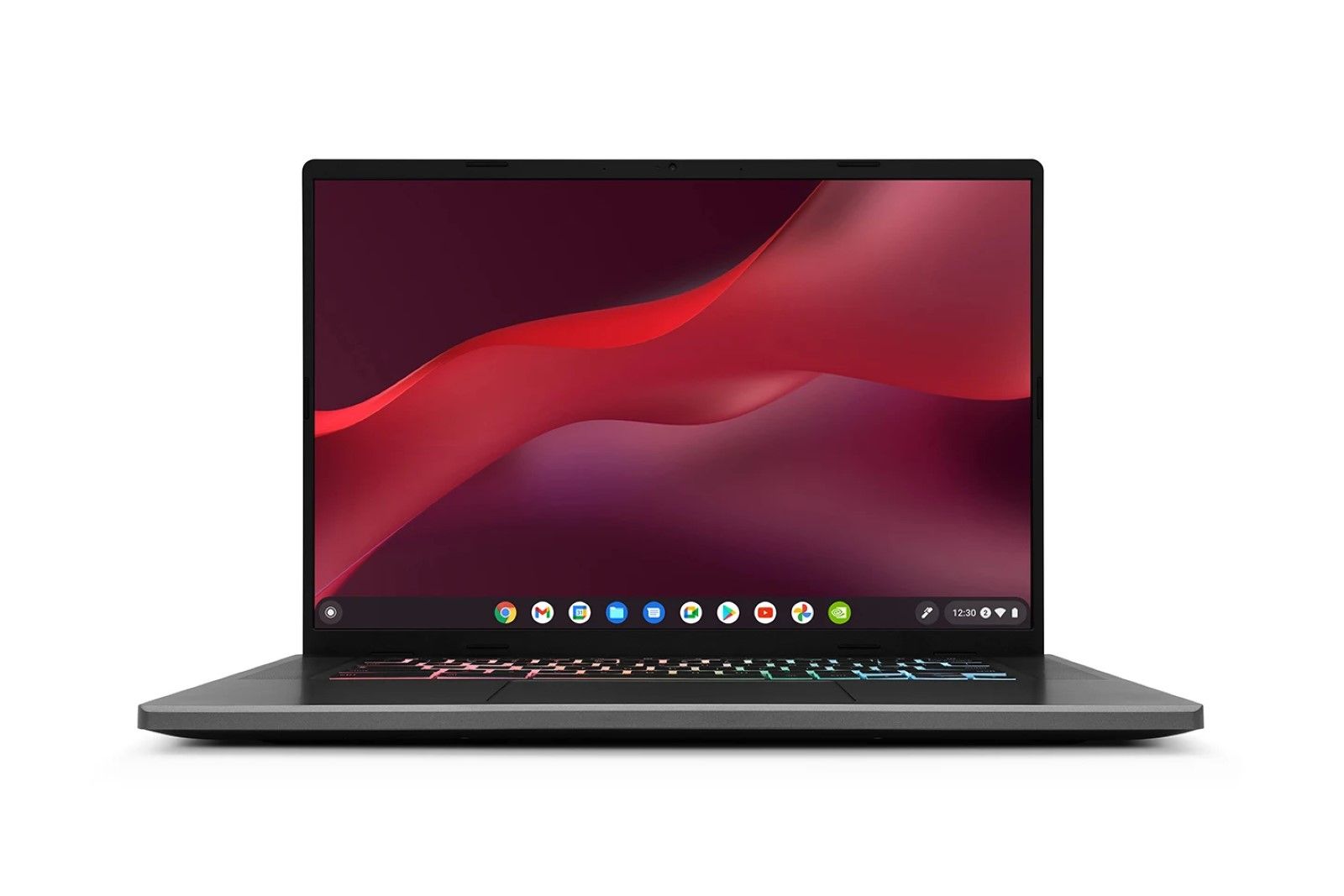
Acer
Acer Chromebook 516 GE
1. Best overall Chromebook for students
If it’s for gamers, then everyone’s a gamer
$619 $649 Save $30
The ‘GE’ in Acer’s Chromebook 516 GE stands for ‘Gaming Edition,’ but it offers plenty to people who aren’t gamers, too.
- Large and vibrant 120Hz display
- Robust I/O, including RJ45
- Decent specs for value
- Could use with more RAM
- Material build is a bit tacky
Depending on the moment, $600 can get you a terrific deal on a laptop. But it’s also a good price, we believe, when it comes to this particular Acer Chromebook 516 GE. By the look of it, you’d think it’d be tailored for the gaming crowd with its RGB-backlit keyboard, 16-inch 120Hz display, and inclusion of an Ethernet jack. But those aspects can add to any student’s experience, not just a gamer’s. Sure, you might be streaming your games or, even better, hopping between titles in your Steam library, but more 120fps video content is coming out all the time.
Pocket-lint
Of course, we’re overlooking the main facts of the matter here: the 516 GE is equipped a plenty-capable Intel Core i5-1240P with 8GB of RAM and 256GB of solid-state storage and was upgraded with Chromebook Plus features shortly after the program went live, which is great for students who need to store notes, projects, and yes, even gaming files. That means buyers will be getting not just security updates through 2032, but extra features during the course of most of the next decade including a context-aware generative AI agent for text and images down the line.
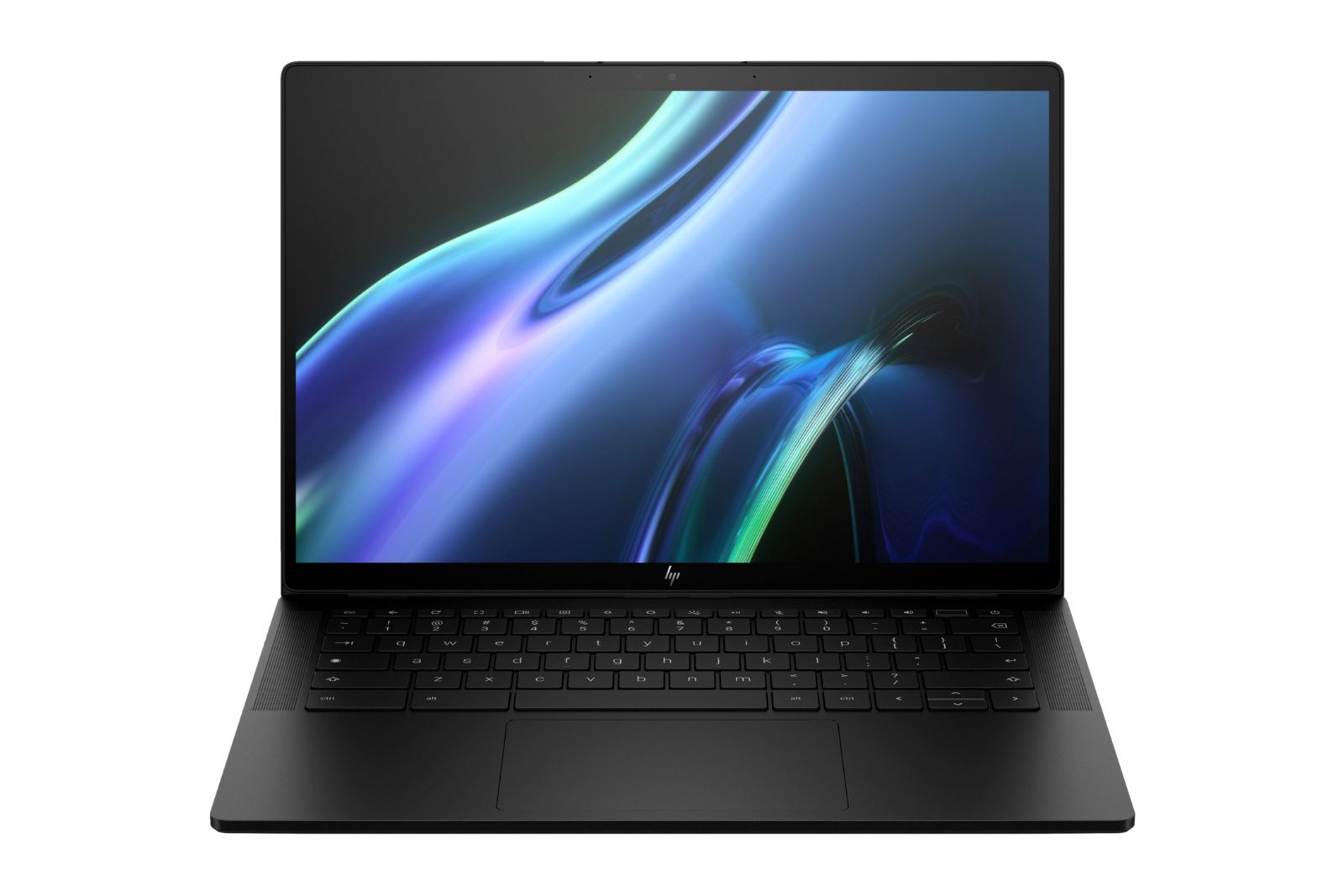
HP / Pocket-lint
HP Dragonfly Pro Chromebook
2. Best premium Chromebook for students
Beautifully powerful
The HP Dragonfly Pro Chromebook costs $1,000, but it earns every penny with a great magnesium-aluminium build, rich quadraphonic speakers, and the most and best of ChromeOS.
- Extreme performance spec set for ChromeOS
- Brilliant speaker system
- High-resolution webcam
- Still pricey at $1,000
- Beautiful display, but poor viewing angles
While it is an excellent choice to carry around everywhere you go, you’ll most likely be spending long hours with the HP Dragonfly Pro Chromebook in your house or dorm room blasting your endless indie Lo-Fi hip hop playlists. It’ll take a few good knocks with its magnesium alloy build, dole out some looks with a 1600p touch display, and stay relevant with Chromebook Plus features for years.
The Dragonfly Pro is also a powerhouse: it’s got an Intel Core i5-1235U and 16GB of RAM as well as four Type C ports supporting USB 4 and Thunderbolt 4, so you’ll have plenty of performance headroom and future-proofing. But the most important highlight – at least what I considered to be most important in a review I penned for our sister site Android Police – is the quad-speaker system with Bang & Olufsen tuning. Not only does it get loud, but it does so with little distortion and a wide soundstage. Plus, weighing in at only 1.5kg, it also slips perfectly into a backpack or travel bag without adding too much bulk or weight.
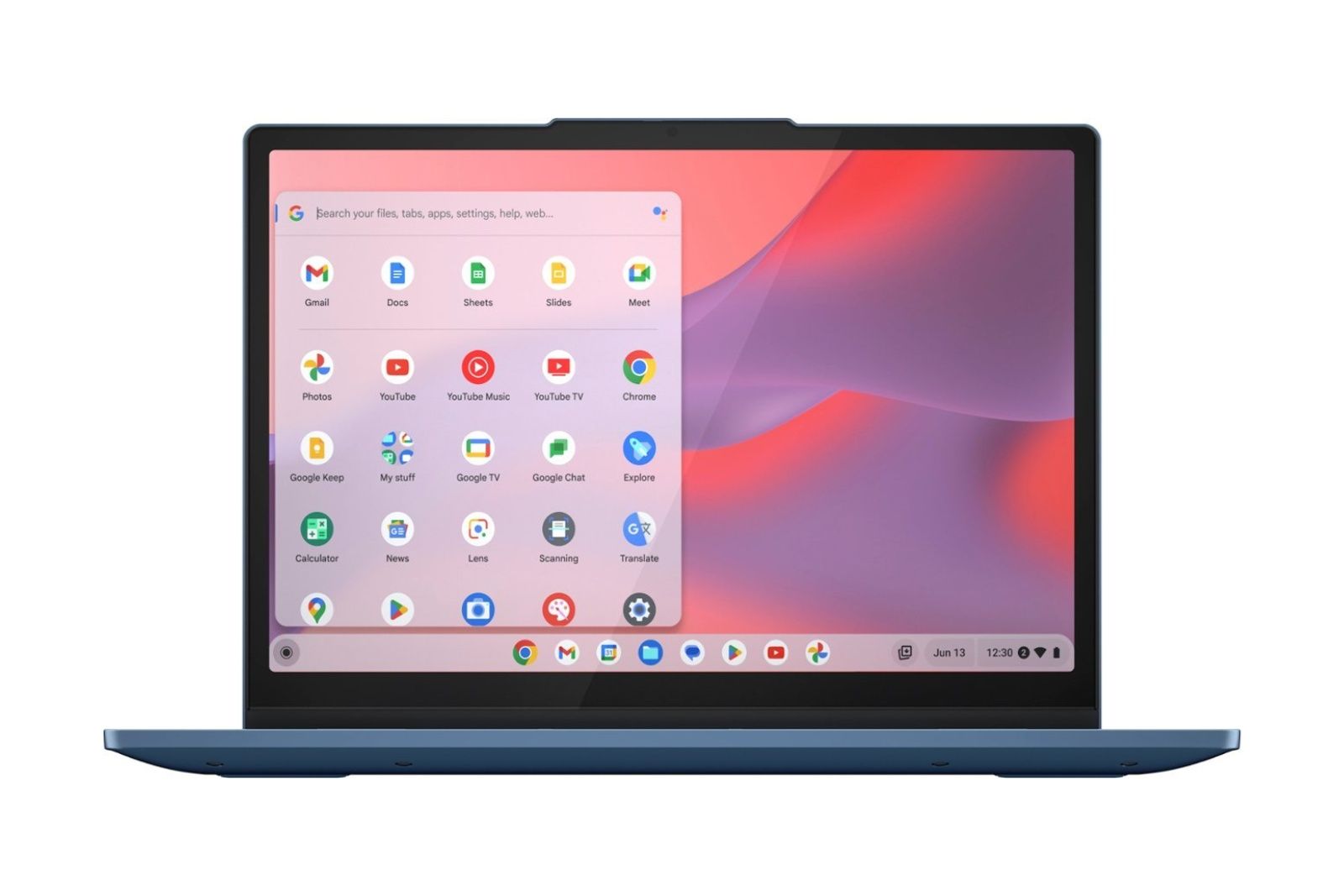
Lenovo / Pocket-lint
Lenovo Flex 3i Chromebook
3. Best compact Chromebook for students
Compact without compromising capability
$267 $349 Save $82
If you’ve gotten too used to budget Chromebooks with 11.6-inch 768p displays, go with Lenovo’s Flex 3i Chromebook instead: it offers 2-in-1 functionality with a 12.2-inch IPS touch panel.
- Quality display in an entry-level 2-in-1
- Lasts long on battery
- MSRP just shy of Chromebook Plus tier
- Allotted memory only goes so far
For those of us who have had to set restrictive price filters up when browsing laptops have become well acquainted with the plasticky, thick bezels Chromebooks with 11.6-inch 768p LCDs that look plain awful, the Lenovo Flex 3i Chromebook from 2023 is none of that. The Flex 3i’s Intel N100 processor can push workloads better than older Celeron and even a few Pentium processors of yore, handling most everyday computing tasks during class while still effortlessly streaming audio or video content after a long day in the library. The 4GB of RAM might be the bigger choke point, admittedly.
But, if you stick with a cloud-first approach with this device, you will get to appreciate it on the lovely 12.2-inch 1080p touch display and its versatile 360° form factor. At just 1.25kg and 19.1mm thick, the lightweight design makes this two-in-one laptop accessible in both carry and productivity. Pair that with a relatively large battery for the category, and you’re getting a streaming road warrior in this latest iteration of the Flex 3i. Additionally, the internal webcam makes it easy to participate in video calls, virtual classes, and interviews.You can read up on more details with our sister site review.
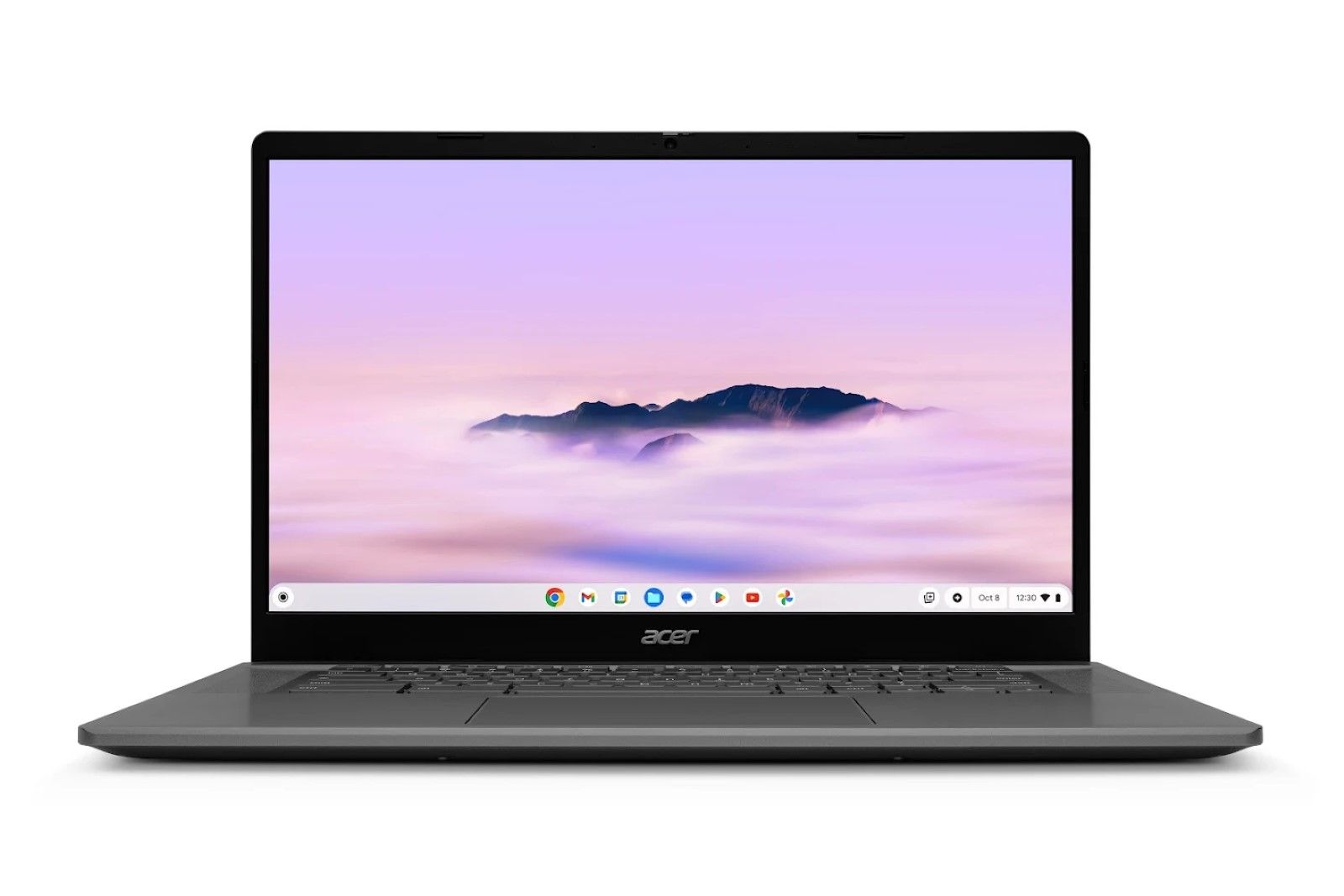
Acer
Acer Chromebook Plus 515
4. Best value Chromebook for students
The core of Chromebook Plus
You’ll occasionally find Acer’s base model Chromebook Plus 515 for under its $400 price tag. With a 12th-gen Intel Core i3, 8GB of RAM, and 128GB of storage, you’re getting more than enough horsepower for modern-day ChromeOS.
- $400 (or less) for full-bodied spec sheet
- Special ChromeOS features guaranteed until 2032
- Build quality is truly “meh”
- Touch display not included in base model
As one of the first proper Chromebook Plus devices, the Acer Chromebook Plus 515 features a 12th-gen Intel Core i3 processor, 8GB of RAM, and 128GB of storage. Details in the full spec sheet indicate that it has some of the best overall hardware compared to other Chromebook Plus debuts. It should go without saying that these specs will work nicely across the breadth of ChromeOS’s expanded set of applications.
However, the 515 will likely make its mark in 2023’s yearbook as “Most Discounted,” either by amount or frequency – maybe even both. You might be able to find it in better configurations somewhere at some point, but we consider the base model to be a reliable buy at $400 and an impulse purchase when you see it dip to $300 or less. It was discounted to $269 in its first few weeks on sale at Best Buy and may end up hovering in the pricing basement during the hectic holiday shopping season.
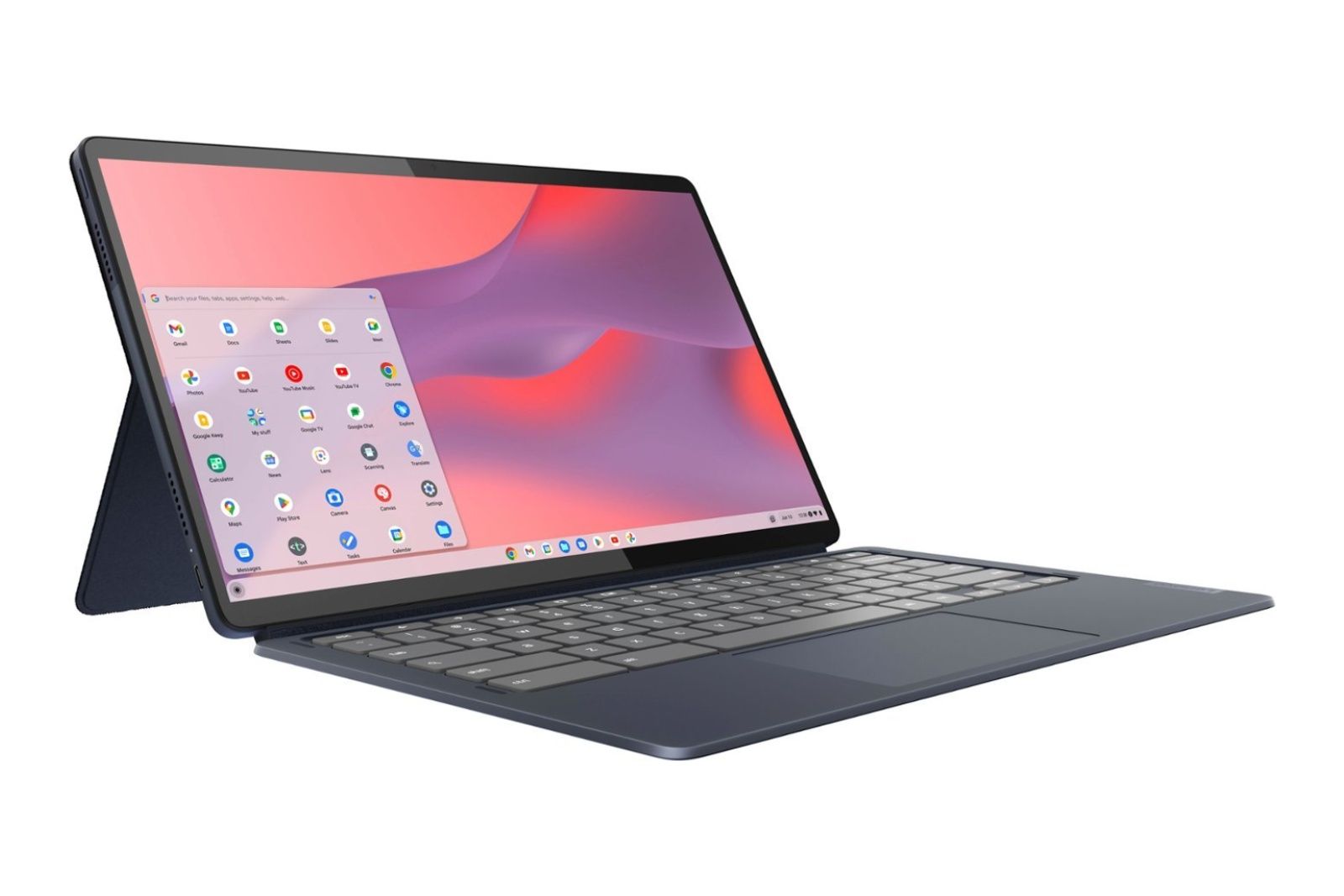
Lenovo / Pocket-lint
Lenovo IdeaPad Duet 5
5. Best display on a Chromebook
Dazzling display with OLED
$373 $499 Save $126
If you’re more of the detachable tablet type, pick up our ARM-powered pick of the group. It stands out with a Qualcomm Snapdragon 7c Gen 2, of course, but also the only OLED display here. That last bit alone makes it a worthwhile purchase for some.
- OLED displays are better than LCDs
- For an ARM device, memory is adequate
- As it’s an ARM device, it’s not Chromebook Plus-upgradable
- It’s large enough as a convertible to be unwieldy
Convertible tablets are something of a dark horse in portable computing and there certainly are trade-offs when they get dealt into the field of Chromebooks. A downside is that because these tend to sport ARM-based processors, you don’t get as much flexibility when you’re trying to use Linux apps with these devices. You definitely can’t install Steam on them, for sure.
The Lenovo IdeaPad Duet 5 makes up for that and a few other weaknesses, though, with a brilliant 13.3-inch OLED touch display. OLEDs, bright and brilliant as they are on your smartphone, look even more splendid on a larger canvas and the Duet 5’s panel is the only such you’ll see on our list. That’s not to say there’s nothing else to vouch for this device: the detachable keyboard types well, features an appropriately-sized touchpad, and the tablet itself is the most likely to last the longest off the charger. Our colleagues at XDA-Developers have more thoughts in their review.
The bottom line: What is the best Chromebook for students?
Google says its Chromebook customers value long battery life and super-quick start-up and web-browsing sequences. The company also notes that the ChromeOS ecosystem has, thus far, been free of viruses. That said, those points don’t negate the rising power demands coming from users glomming onto Photoshop on the Web, Xbox cloud gaming, and even Steam. Taking all of these concerns together, we believe Acer’s Chromebook 516 GE will go the farthest to serve the widest audience. It’s got a solid spec set, the most ports to plug into, and extra features thanks to Chromebook Plus. Add some cherries on top such as a pixel-dense 120Hz display and a colourful keyboard, and it should make your computing journeys more enjoyable.

Acer
Acer Chromebook 516 GE
Editor’s Choice
$619 $649 Save $30
How we chose these Chromebooks
Our most important consideration in making these Chromebook recommendations is the relationship between the hard specifications – mainly, the processor, RAM, and storage – and pricing. Chromebooks have long dominated the laptop market under $500 and, with the Chromebook Plus program coming into play, guaranteed performance becomes a forefront priority. After all, with ChromeOS capable of world building with Minecraft and video editing with LumaFusion, raw performance does matter. Beyond that paradigm, we also sniffed out a few extra angles with sizing and display being the main focal points.
Pocket-lint has a deep knowledge base in regard to Chromebooks, but we’ve also tapped into the editorial wells of our sister publications – Android Police and XDA-Developers – in order to provide more background for our chosen products.
A librarian’s take: Should college students buy a Chromebook?
According to my colleague Mackenzie Davison, who served as a college librarian for 8 years, Chromebooks are great machines for student research and every day use. However, Davison encourages students to check with their chosen school’s IT policy or program coordinator to see if your program requires certain specs to use subject-specific software to ensure you’re making a good long-term investment.
Why should students choose a Chromebook?
In the early days of the operating system, Google tuned ChromeOS to be the optimal platform for netbooks. These computers rely much more heavily on cloud-based applications and data storage, so to make full use of these computers, a continuous Internet connection was typically needed – Google Docs, Sheets, and Slides were big deals and so was Hangouts (now Google Meet). Students (or, rather, the families of students) and school district IT administrators alike gravitated towards Chromebooks primarily as cost-savers, but they found them pretty useful since Wolfram Alpha and other lesson providers have made valuable resources on the open web. Over the years, customers were asking for more out of ChromeOS and Google was eager to provide. Android app support came first before Debian apps came into the fold, enabling ecosystems of functionality that edged closer to what Windows and macOS devices were capable of.
Why are Chromebooks a popular student computer?
ChromeOS’s pivot point came during the COVID-19 pandemic as classrooms and offices went remote and computing needs at home intensified. Families were making multiple new laptop purchases to fulfill the needs of both parents and kids at once. Videoconferencing became constant. And the need to take a break from those endless arrays of mediocre webcam views became almost as constant. As such, Google enriched the platform with some continuity features for Android phone owners and was able to convince app developers to chip in programs that have become incumbent on competing operating systems. Enter cloud gaming services, enter Minecraft, enter LumaFusion, and enter Adobe – all of their contributions came in a fast-and-furious campaign over the course of less than two years. Google’s Chromebook Plus commitment in 2023 redoubled the company’s intent to continue fostering ChromeOS’s growth.
Trending Products

Cooler Master MasterBox Q300L Micro-ATX Tower with Magnetic Design Dust Filter, Transparent Acrylic Side Panel, Adjustable I/O & Fully Ventilated Airflow, Black (MCB-Q300L-KANN-S00)

ASUS TUF Gaming GT301 ZAKU II Edition ATX mid-Tower Compact case with Tempered Glass Side Panel, Honeycomb Front Panel, 120mm Aura Addressable RGB Fan, Headphone Hanger,360mm Radiator, Gundam Edition

ASUS TUF Gaming GT501 Mid-Tower Computer Case for up to EATX Motherboards with USB 3.0 Front Panel Cases GT501/GRY/WITH Handle

be quiet! Pure Base 500DX ATX Mid Tower PC case | ARGB | 3 Pre-Installed Pure Wings 2 Fans | Tempered Glass Window | Black | BGW37

ASUS ROG Strix Helios GX601 White Edition RGB Mid-Tower Computer Case for ATX/EATX Motherboards with tempered glass, aluminum frame, GPU braces, 420mm radiator support and Aura Sync


